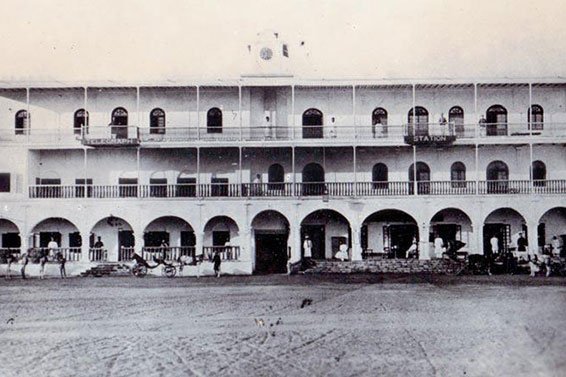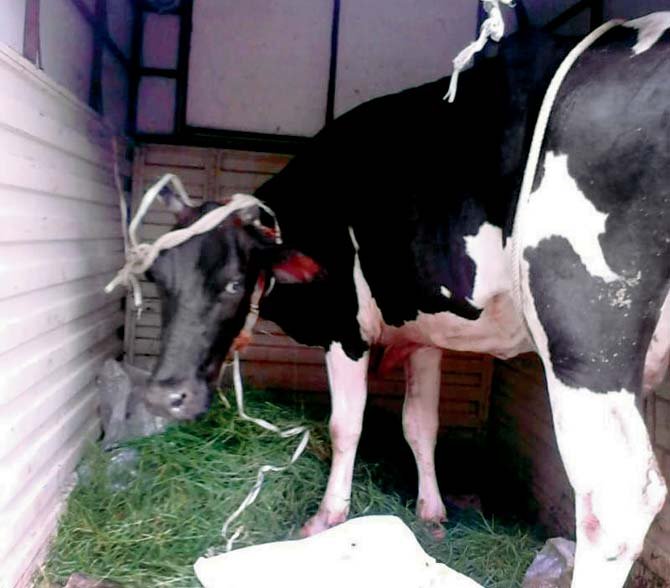Of Facts And Fiction
That the Parsi community was at the forefront of all major trade activities in India during the 18th and 19th centuries is a well known fact. But what many people don’t know is that Parsis, along with several Indian, European and American traders were also present in the Chinese province of Canton in its trading colonies during that period. Now rechristened as Guangzhou, the former river town of Canton was a significant hub of the opium trade in China during the 19th century. During this period, trade relations between India and China were at its peak when the East India Company produced opium in India and exported it to China in large quantities. Many American and European traders made their fortunes in the opium trade in the Canton province of China.
In a recently held exhibition organised by Parzor Foundation, a Parsi cultural organisation, many rare documents, artefacts and paintings retrieved from Guangzhou and from private collectors alike were put on display. As a part of the heritage exhibition, novelist Amitav Ghosh delivered a small lecture that gave us a glimpse into the history of the trading colony in China that was home to several Parsi traders and many Indian trading communities. Ghosh’s Ibis trilogy of novels is based in the city of Canton in the 19th century, and revolves around the opium trade taking place in the region and the subsequent trade wars between the various Chinese and European factions inhabiting the river town.
The writer, while researching for his novels, discovered that the Parsi trading community had a considerable presence in China and played an important role in the trade of opium from India to China and other parts of the world. In his lecture, he also spoke of how Europeans and Indians lived in the town of Canton in close quarters and shared an equal social status, unlike the British colonies of India where Indian commoners were considered inferior to the British and racial segregation was widespread across the subcontinent. “India under the British rule was highly segregated on the basis of race, wherein Indians and the English did not live close to each other. Even soldiers in the army were divided on the basis of colour, so much so that an Indian and British officer sharing ranks did not share their social status,” said Ghosh.
The writer also spoke on another well known fact about how the Parsis were great patrons of art and were instrumental in bringing a lot of art from the around the world to India and introducing Indians to European art even before the British. One of them was Jamshetji Jeejeebhoy, a Parsi businessman and trader who made his fortune in the opium trade in China and was an influential figure in the city of Bombay in the early 18th century. Jeejeebhoy, influenced by the many Chinese and European artists he met during his stay in China, wanted to do something to promote modern art and art education in India.
As a result, the JJ School of Arts in Bombay was born which would go on to become the foremost art school in India and introduce modern art styles in the country. “The Parsi community and their trade connections exposed them to the art and artists from around the world which in turn led to their patronage of such visual arts. The Parsis themselves were proponents of the arts and had their own artistic heritage as well,” Ghosh said. “Jamshetji Jeejeebhoy was instrumental in introducing India to western art techniques through the JJ School of Arts. This tradition of patronage was taken forward by the Tatas in the late 19th century and 20th century when they collected art from abroad and brought it to India,” the author added.
Published on Daily Pioneer





